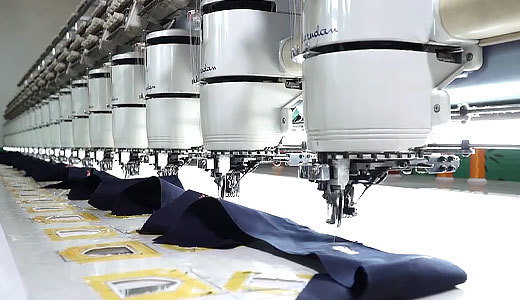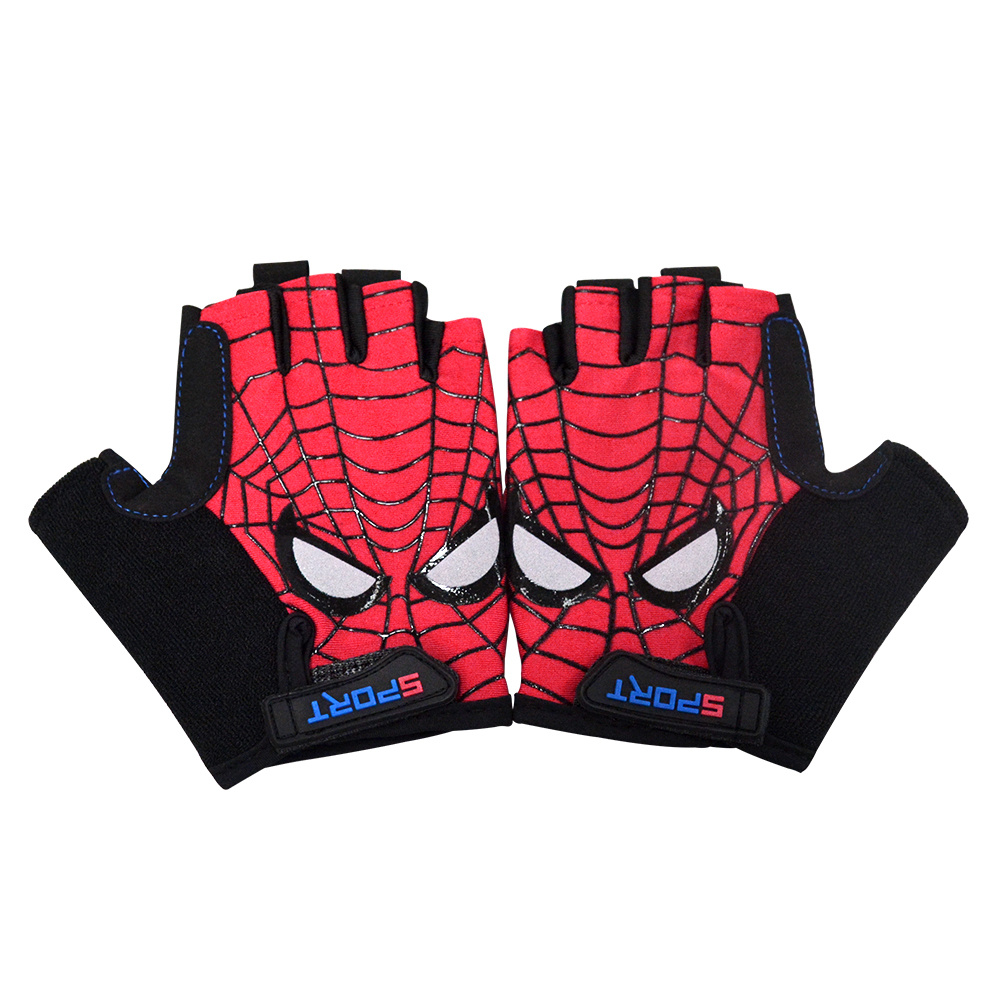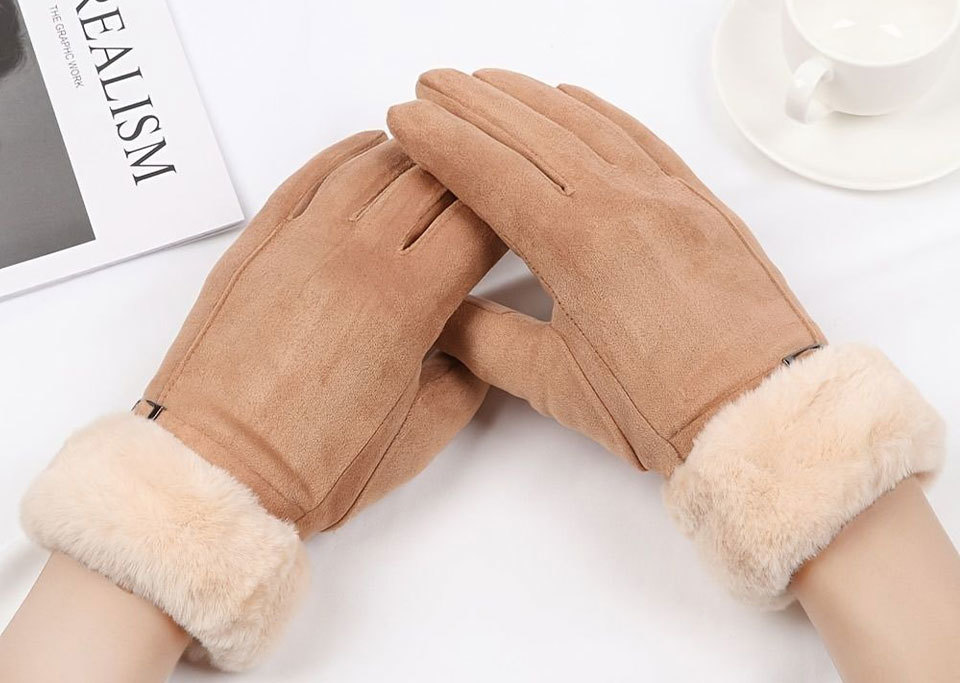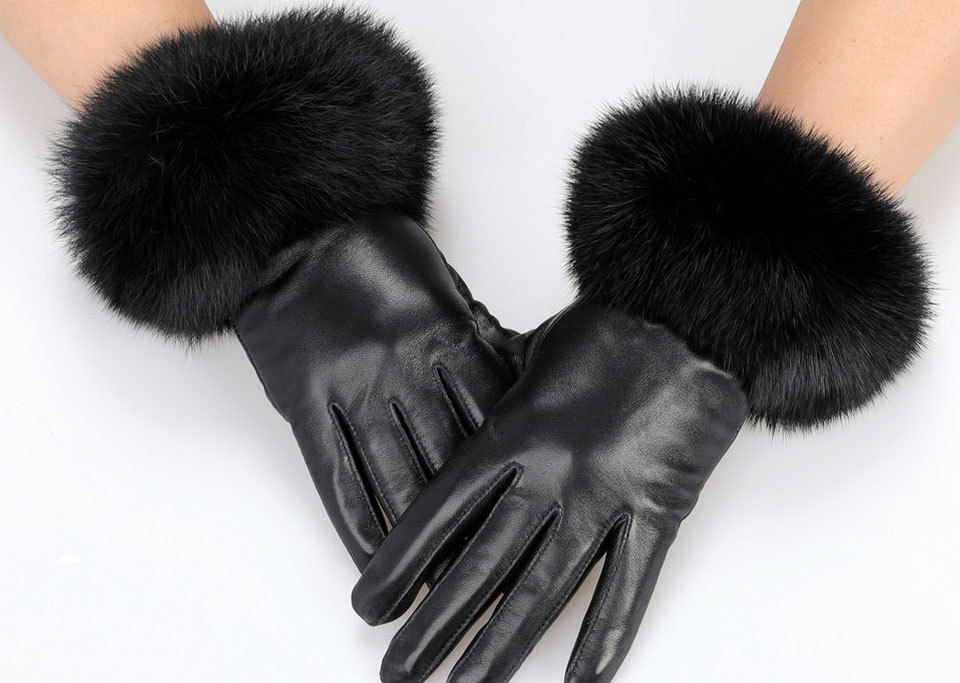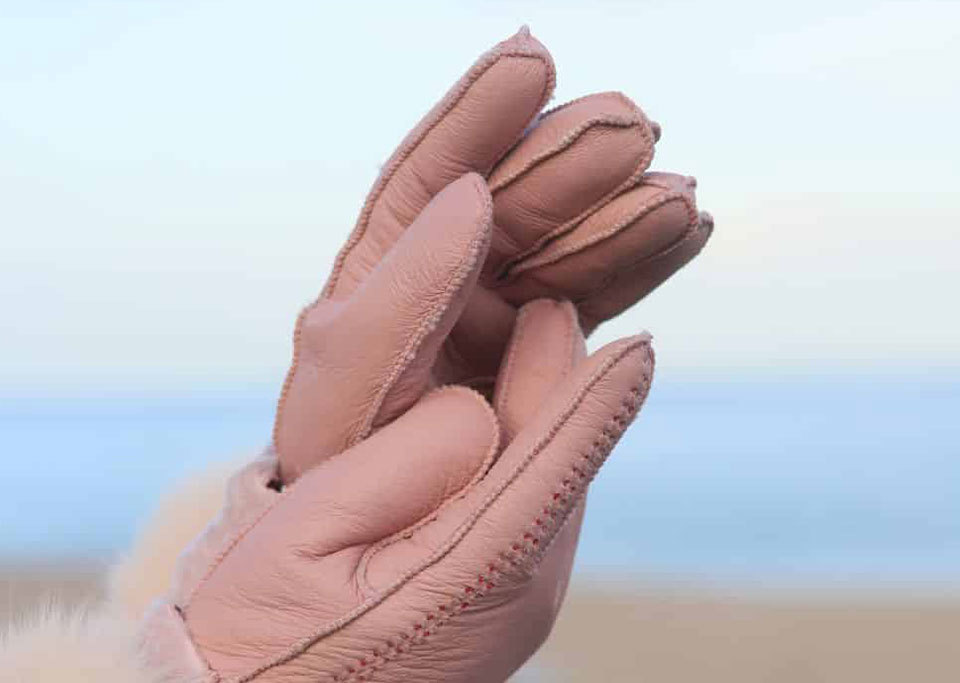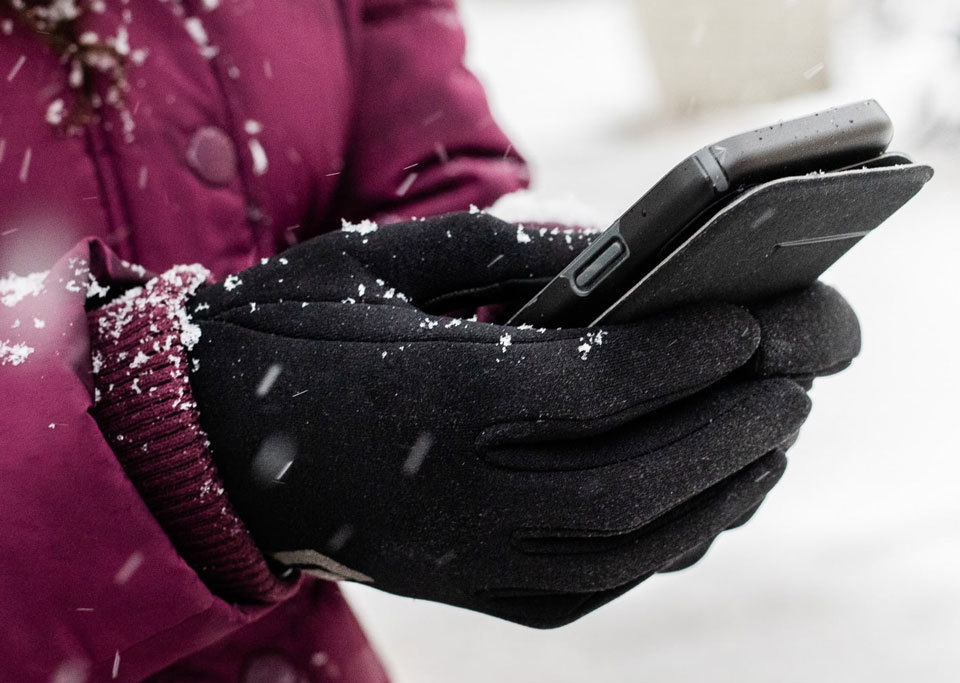Advice on Choosing Cycling Gloves
Oct 15,2022
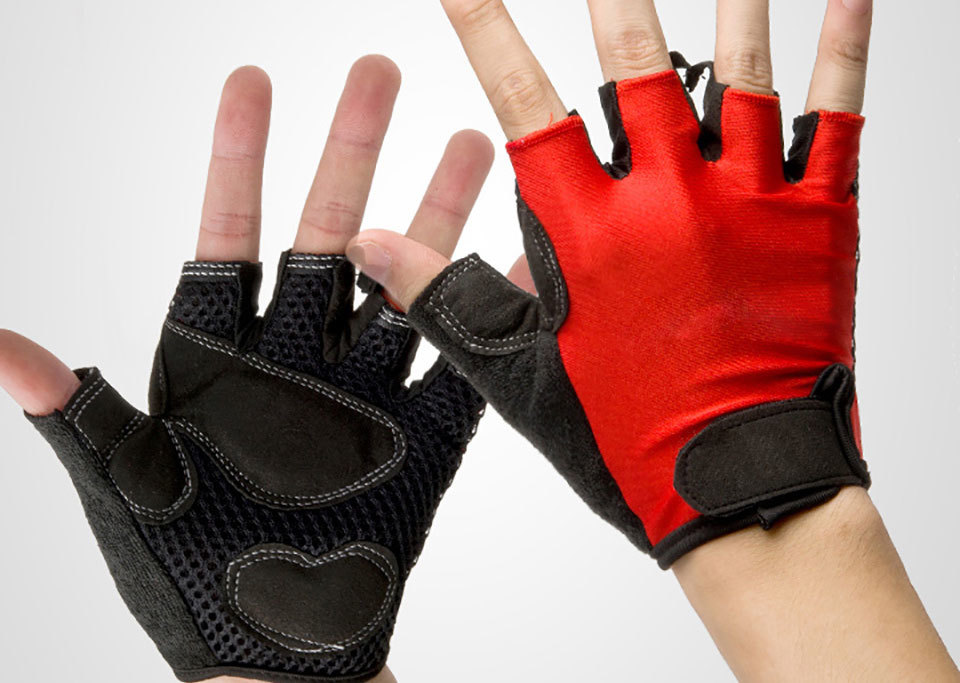
When you start riding a road bike in earnest, you will need gloves. Cycling gloves offer the rider more than what is visible. They actually serve many other functions, not just to keep your hands warm. Cycling gloves are designed to provide you with better grip, prevent any injuries and keep you comfortable.
When it comes to cycling gloves, there are countless products on the market, from full-finger warmers to half-finger gloves that prevent overheating. Some will have a gel or foam pad applied to the palm to prevent nerve compression, while others are made of insulating or waterproof materials. In this issue we summarise the types of cycling gloves and how to choose them. Read on for more information ......
Style
Fingerless gloves - Fingerless gloves are useful when you want to feel the brakes and shifters, and they also provide more breathability when cycling in the heat.
Half Finger Gloves - As their name suggests, these gloves only cover the palm of the hand and half of the fingers. They are ideal for casual riders and for riding in warm and humid climates.
Full Finger Gloves - Gloves that completely protect and cover the rider's hands are full finger gloves. These are perfect for those who ride in colder areas and need extra protection The extra coverage of these gloves makes them an important part of cold weather cycling clothing, as slow moving or even numb fingers are sure to affect your braking and gear shifting abilities. Many cyclocross riders tend to use full finger gloves in winter.
Type of riding
Mountain riding
When it comes to mountain biking, gloves are of paramount importance for grip and protection. When you're riding on trails and jumping off boulders, your hands need to be more or less extended over your handlebars to maintain control. Choose mountain bike gloves with textures on the palm for maximum grip. These gloves should also have padding in the palm to protect your hands from injuries that may occur over time.
Given the additional risk of crashing while mountain biking, the gloves need to be durable enough to withstand any impact you may encounter while riding on the trails. This will allow the rider to support themselves with both hands if they fall out of the saddle.
Choose mountain biking gloves with a textured palm for maximum grip. These gloves should also have padding on the palm as this will provide a higher level of protection to your hands from thorns and roadside vegetation.
Road riding
Gloves are also important for road bikes, but for different reasons. Road bikes don't have the same great suspension as mountain bikes, so any vibrations transmitted by the road can travel through the forks, through the handlebars, to the hands and even to the shoulders and back. Padded road cycling gloves absorb the shock, thus protecting your hands and improving comfort on long rides.
Another typical feature on road cycling gloves is the fleece or cloth patch on the thumb, which comes in handy if you have a runny nose or sweaty forehead and need to wipe it off while riding. In a race against time or on a serious training ride, most cyclists don't have time to stop for tissues or handkerchiefs, so this feature comes in handy - in general! Our gloves also protect hands from being shredded by road rash in the event of a crash.
Performance
Breathability: this is the ability of the glove fabric composition to help allow water vapour to escape. A non-breathable fabric means that moisture can get trapped near the skin and can become wet and cold, or warm and uncomfortable. In addition, breathable fabrics help to keep the skin dry and at the optimum temperature. Perfect for warm and humid riding conditions.
Core wicking: This is the ability of the fabric to wick sweat away from the skin to the surface of the fabric and evaporate it. Ideal for warm and humid riding conditions.
Waterproof: The waterproof membrane on the gloves helps to keep hands dry in cold or wet weather. However, they may also affect the breathability of the fabric and therefore are not suitable for all weather, such as humid or hot weather.
Grip: Most cycling gloves have leather or synthetic palms to improve grip on the handlebars, while some have extra silicone grips on the fingers for brake levers, shifters etc.
Warmth: While all gloves will provide some degree of warmth, winter riding gloves are designed with maximum insulation to keep your fingers warm and protected when the temperature drops. As winter can be heavy and restrictive for year-round riding, those living in colder regions may need gloves that are weather-specific.
The above aspects will help in choosing the best pair of gloves for your use, and a good pair of gloves can greatly improve the overall quality of your ride. Although they may feel a little strange and uncomfortable when you first put them on, you should consider wearing cycling gloves on every ride to protect yourself and enjoy the ride.
It is also advisable to use high quality gloves from the glove manufacturer, as most other 'less expensive' general purpose materials tend to wear out faster and do not offer the necessary comfort and protection. That said, whichever gloves you choose, the most important thing is that they fit well and that they fit snugly to the line of your hand. Gloves must be comfortable enough to feel like a second skin, but not so tight as to be restrictive. Gloves that are too big can be inconvenient, while gloves that are too small can restrict movement and cut off blood circulation. Click here to buy the best quality cycling gloves.
Keyword:
Latest News


